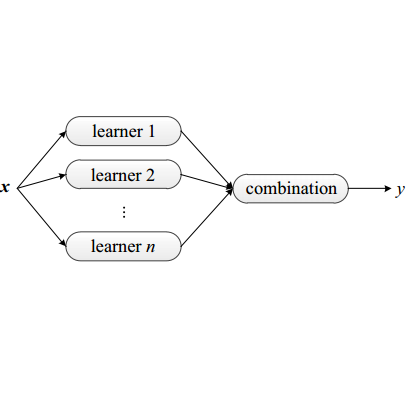Real-world applications with multiple sensors observing an event are expected to make continuously-available predictions, even in cases where information may be intermittently missing. We explore methods in ensemble learning and sensor fusion to make use of redundancy and information shared between four camera views, applied to the task of hand activity classification for autonomous driving. In particular, we show that a late-fusion approach between parallel convolutional neural networks can outperform even the best-placed single camera model. To enable this approach, we propose a scheme for handling missing information, and then provide comparative analysis of this late-fusion approach to additional methods such as weighted majority voting and model combination schemes.
翻译:即使在信息可能间歇缺失的情况下,预计具有多个传感器对事件进行观测的现实世界应用也会不断作出预测。我们探索混合学习和感应聚合方法,利用冗余和四个摄像视图之间共享的信息,用于自主驾驶的手活动分类任务。我们特别表明,平行的革命神经网络之间的晚融合方法甚至可能优于最佳的单一相机模式。为了能够采用这种方法,我们提出了一个处理缺失信息的计划,然后对这种迟融合方法进行比较分析,以补充方法,如加权多数投票和模式组合计划。




